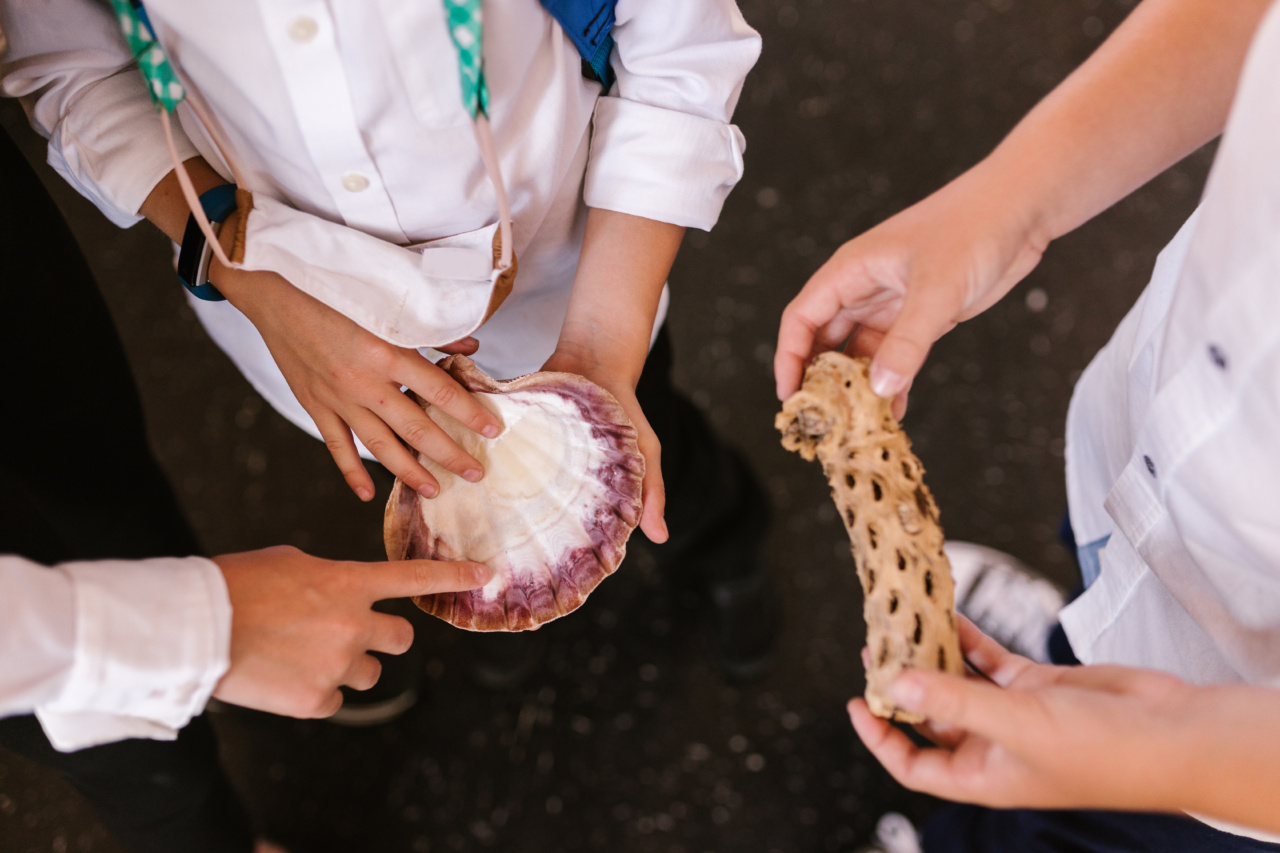In today’s fast-paced world, accidents can happen at any time and in any place.
Whether it’s a minor injury or a more serious situation, having the knowledge and skills to provide immediate care can make a significant difference in the outcome. First aid is not only crucial for adults but also for children, who can find themselves in emergency situations at home, school, or during playtime.
Teaching children first aid not only equips them with life-saving skills but also empowers them to take charge of their health and safety.
The Benefits of Children Learning First Aid
1. Developing lifesaving skills: Teaching children first aid ensures that they are equipped with the skills needed to respond quickly and appropriately in emergencies.
Knowing how to assess a situation, administer basic first aid, and contact emergency services can be the difference between life and death.
2. Building confidence and leadership: Learning first aid empowers children to take control of emergency situations and make a difference.
By teaching them how to stay calm, think critically, and take action, they develop confidence in their abilities and become leaders in their communities.
3. Promoting a culture of safety: By incorporating first aid into children’s education, we encourage a culture of safety in which they prioritize their well-being and that of others.
This mindset extends beyond emergency situations, leading to safer behaviors and a reduced risk of accidents.
Age-Appropriate First Aid Skills for Children
Teaching first aid to children should be done in a manner that is suitable for their age and developmental stage. Here are some age-appropriate first aid skills for different age groups:.
1. Ages 3-6:
– Recognizing when someone is hurt or needs help.
– Practice dialing emergency services.
– Applying basic bandages to minor cuts and scrapes.
– Knowing how to wash hands properly.
2. Ages 7-12:
– Understanding common medical emergencies such as burns, choking, and nosebleeds.
– Learning the recovery position and how to turn someone safely onto their side.
– Performing CPR on a mannequin or practice dummy.
– Mastering the Heimlich maneuver for choking incidents.
– Administering basic first aid for fractures and sprains.
3. Ages 13-18:
– Expanding knowledge of first aid skills to include more complex situations.
– Understanding the signs and symptoms of heart attacks and strokes.
– Learning how to respond to allergic reactions and perform the EpiPen technique.
– Gaining knowledge of basic wound care, including cleaning and dressing wounds.
– Recognizing the importance of infection control and proper hygiene practices.
– Understanding the use of automated external defibrillators (AEDs).
Approaches to Teaching Children First Aid
1. Interactive Education: Children learn best by doing, so incorporating hands-on activities and games into first aid lessons can enhance their understanding and retention.
Role-playing scenarios allow them to practice their skills in a safe and controlled environment.
2. Visual Aids: Using visual aids such as posters, diagrams, and videos can aid in explaining first aid concepts and techniques to children. These visuals make the information more engaging and memorable.
3. Storytelling: Narrating real-life stories or scenarios related to first aid can help children understand the importance of their new skills. These stories create a connection and make learning more relatable and impactful.
4. Peer Learning: Encouraging children to teach their peers or younger siblings what they have learned about first aid helps reinforce their own knowledge while fostering teamwork and leadership skills.
Integrating First Aid into School Curricula
Incorporating first aid training into school curricula is an effective way to ensure that all children have the opportunity to learn these essential skills. Here are some ways schools can integrate first aid into their programs:.
1. Formal First Aid Classes:
Schools can allocate specific time for dedicated first aid classes taught by certified instructors. These classes can be age-appropriate and cover a range of skills from basic to advanced first aid.
2. First Aid Clubs or Societies:
Establishing first aid clubs or societies allows interested students to engage in extracurricular activities related to first aid. These clubs can organize training sessions, events, and competitions, further promoting first aid education.
3. Partnerships with Local Emergency Services:
Collaborating with local emergency services and healthcare providers can provide schools with access to expertise and resources in organizing workshops, seminars, and hands-on training sessions.
4. First Aid as a Life Skills Subject:
Integrating first aid into the curriculum as a life skills subject ensures that all students receive comprehensive training. This approach recognizes the importance of first aid as a lifelong skill that extends beyond emergency situations.
The Role of Parents in Teaching First Aid to Children
Parents play a vital role in teaching first aid skills to their children. Here are some ways parents can support their child’s learning:.
1. Lead by Example:
Parents should educate themselves about first aid and practice safe behaviors. Children learn from observing their parents, so modeling responsible and safety-conscious actions is crucial.
2. Encourage Discussion:
Engage in conversations about first aid with children, discussing potential scenarios and how they would respond. Encouraging questions and open communication helps children develop a deeper understanding of first aid principles.
3. Provide Resources:
Parents can provide age-appropriate books, videos, and games that promote learning about first aid. These resources help reinforce what is being taught in formal settings and make learning more enjoyable.
4. Practice First Aid Skills:
Regularly practicing first aid skills as a family can keep the knowledge fresh and help children feel more confident in their abilities.
Conducting mock scenarios and drills in a safe and supportive environment allows children to put their skills into action.
The Future of First Aid Education for Children
As the importance of teaching first aid to children becomes more recognized, there are ongoing efforts to improve and expand the availability of first aid education. Some future developments include:.
1. Online Resources and Apps:
The development of interactive online resources and mobile applications allows children to access first aid information anytime, anywhere. These platforms provide step-by-step instructions, videos, quizzes, and other engaging content.
2. Professional First Aid Instructors:
Having professional first aid instructors visit schools regularly can ensure that all children receive consistent and accurate training. These instructors can also train teachers to deliver first aid lessons effectively.
3. Collaboration with Healthcare Professionals:
Forming partnerships between schools and healthcare professionals can enhance the quality of first aid training and provide access to specialized knowledge and resources.
4. Standardized First Aid Certification:
Implementing a standardized first aid certification program for children can ensure a consistent level of training across different regions and educational institutions.































